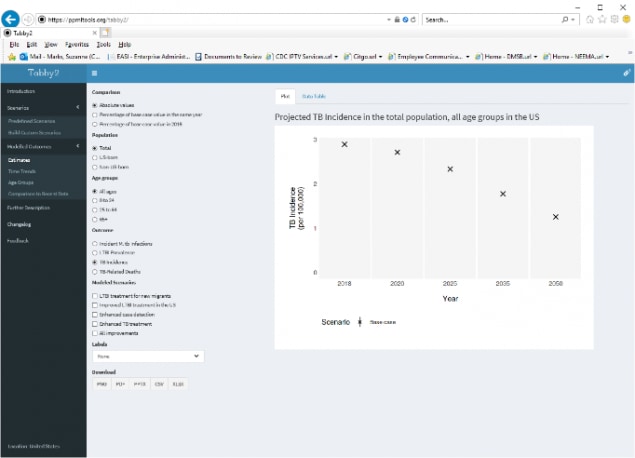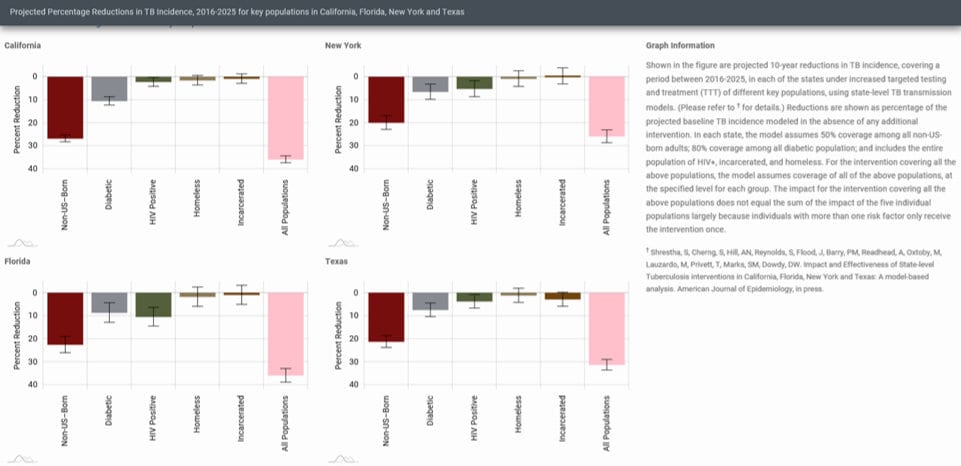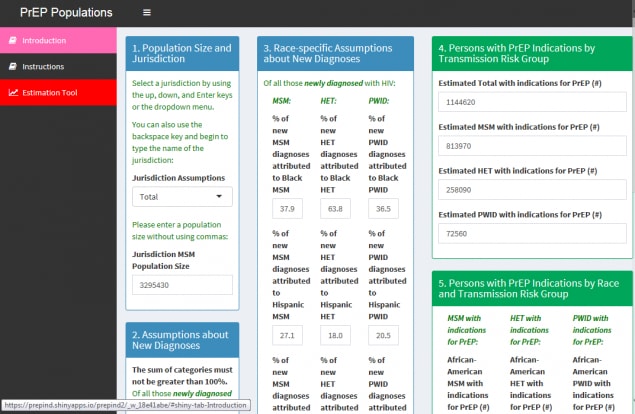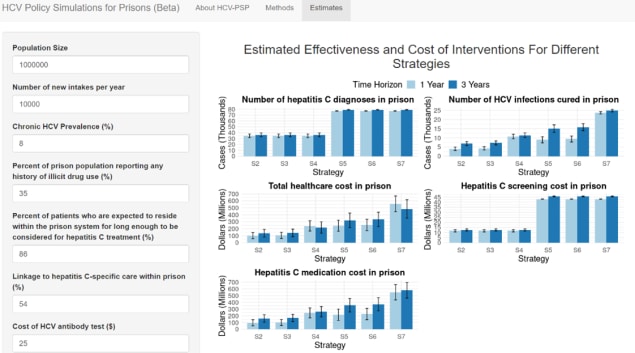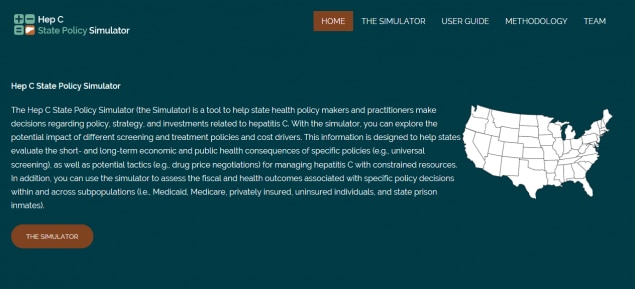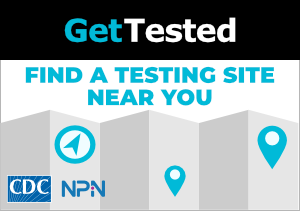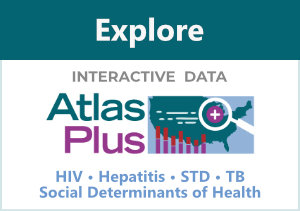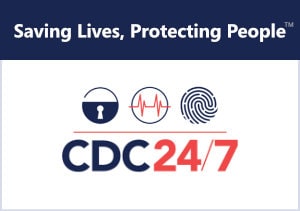NEEMA Web Tools
NEEMA supports development of a variety of web- and spreadsheet-based tools designed to provide state health policy makers and practitioners with information on local population sizes, disease trends, and cost projects for a variety of prevention strategies related to adolescent and school health, HIV, sexually transmitted diseases, tuberculosis and viral hepatitis.
Tabby2 is a publicly available webtool based on a deterministic model for estimating TB in the United States through the year 2050. Tabby2 includes estimates for the United States, each of the 50 U.S. states, and the District of Columbia. Estimates have been adjusted to account for the 2020 decrease in TB due to the COVID-19 pandemic. Find the tool at: https://ppmltools.org/tabby2/. Tabby2’s flexibility and detailed model allow for state-specific estimates of TB outcomes, related services, and costs under base-case and intervention scenarios.
The tool also allows users to estimate the number and cost of LTBI tests, LTBI treatments, and TB disease cases, as well as the cost effectiveness of hypothetical interventions. States can use Tabby2 to set informed targets to make a compelling case to further TB elimination, and to help them plan for TB elimination.
Tabby directly reproduces numbers from Menzies et.al published in 2018. Tabby 2 updates the underlying data and adds functionality to predict TB in individual states. Both Tabby and Tabby 2 include predefined intervention scenarios to provide projections of TB trajectory. Custom hypothetical scenarios allow users to select health outcomes and population groups of interest and compare different scenarios.
Menzies NA, Cohen T, Hill AN, Yaesoubi R, Galer K, Wolf E, Marks SM, Salomon JA. Prospects for tuberculosis elimination in the United States: results of a transmission dynamic model. American Journal of Epidemiology. May 2018.
Swartwood NA, Testa C, Cohen T, Marks SM, Hill AN, Beeler-Asay G, Cochran J, Cranston K, Randall LM, Tibbs A, Horsburgh CR, Salomon JA, Menzies NA. Tabby2: A User-Friendly Web Tool for Forecasting State-Level TB Outcomes in the United States. BMC Medicine. In press February 2023.
Caution: This tool uses pre-COVID-19 pandemic data and based on historical TB data from 1993-2013 does not reflect the current trends in TB incidence in the United States.
Jo Y, Shrestha S, Gomes I, Marks S, Hill A, Asay G, Dowdy D. Model-based Cost-effectiveness of State-level Latent Tuberculosis Interventions in California, Florida, New York, and Texas. Clinical Infectious Diseases. 2021 Nov 2;73(9): e3476-e3482.
Shrestha S, Cherng S, Hill AN, Reynolds S, Flood J, Barry PM, Readhead A, Oxtoby M, Lauzardo M, Privett T, Marks SM, Dowdy DW. Impact and Effectiveness of State-Level Tuberculosis Interventions in California, Florida, New York, and Texas: A Model-Based Analysis. American Journal of Epidemiology. 2019 Sep 1;188(9): 1733-1741.
Cherng ST, Shrestha S, Reynolds S, Hill AN, Marks SM, Kelly J, Dowdy DW. Tuberculosis Incidence Among Populations at High Risk in California, Florida, New York, and Texas, 2011-2015. American Journal of Public Health. 2018 Nov;108(S4): S311-S314.
Shrestha S, Hill AN, Marks SM, Dowdy DW. Comparing Drivers and Dynamics of Tuberculosis in California, Florida, New York, and Texas. Am J Respir Crit Care Med. 2017 Oct 15;196(8):1050-1059.
Estimate the number of individuals indicated for PrEP.
Smith DK, Van Handel M, Grey J. Estimates of Persons with Indications for Preexposure Prophylaxis by Jurisdiction Transmission Risk Group, and Race/Ethnicity, United States, 2015. Annals of Epidemiology, 2018.
This Excel-based tool is designed to assist health departments in estimating the short-term impact of behavior change on the burden of sexually transmitted infections among adolescents in their jurisdictions.
Interactive tool that projects the cost and population health outcomes from a range of hepatitis C screening and treatment scenarios in correctional and detention facilities, using user-defined data inputs.
The HCV Policy Simulations for Prisons (HCV-PSP) tool allows correctional and detention facilities to estimate and compare the population health benefits (including number of hepatitis C diagnoses and number of HCV infections cured) and budgetary impact of a range of strategies for hepatitis C testing and treatment in their facilities. All costs are from the facility perspective. To generate custom estimates, users can modify a set of input variables including population characteristics, intervention parameters, and costs.
Assoumou SA et al (2020). Cost-effectiveness and Budgetary Impact of Hepatitis C Virus Testing, Treatment, and Linkage to Care in US Prisons, Clinical Infectious Diseases, https://academic.oup.com/cid/advance-article-abstract/doi/10.1093/cid/ciz383/5490662?redirectedFrom=fulltext.
Creation of web tools was supported by the US Centers for Disease Control and Prevention, National Center for HIV, Viral Hepatitis, STD, and TB Prevention Epidemiologic and Economic Modeling Agreement (NEEMA) PS14-1415.
The Hep C State Policy Simulator (the Simulator) is a tool to help state heath policy makers and practitioners make decisions regarding policy, strategy, and investments related to hepatitis C. The Simulator was developed by Mass General Hospital and Harvard Medical School with support from CDC through a cooperative agreement awarded to ChangeLab Solutions.
Creation of Hep C State Policy Simulator was supported by the US Centers for Disease Control and Prevention through a Cooperative Agreement number NU38OT000141.
